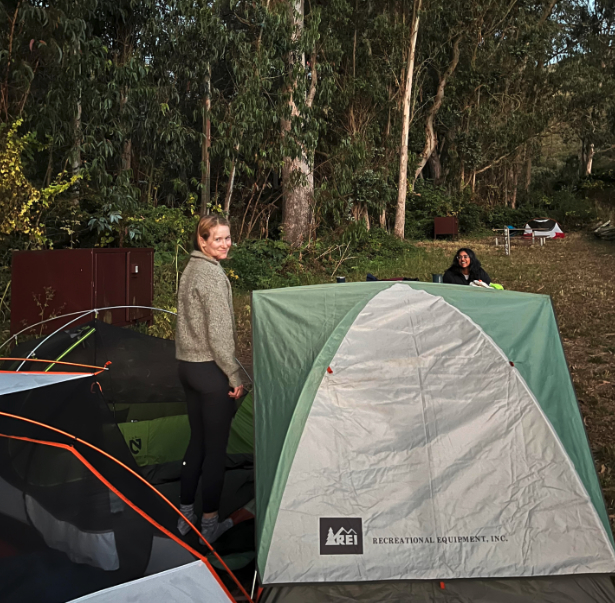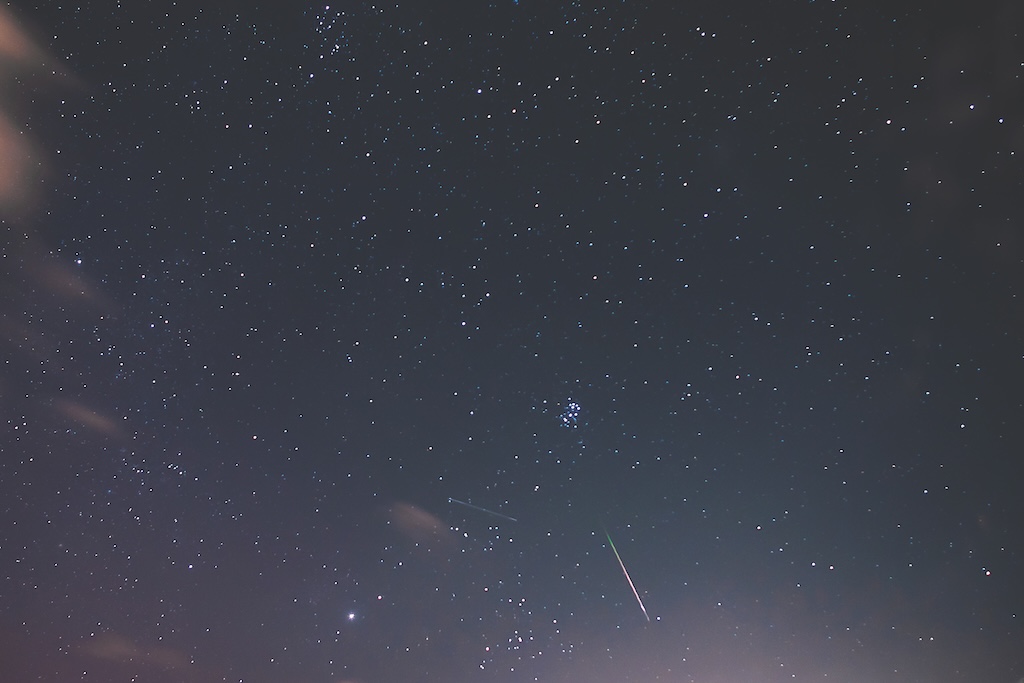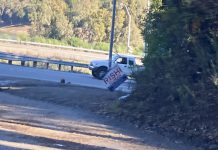
On Aug. 12, Daniel Alpert, a software engineer at Afresh, headed towards Sausalito, with friends, snacks, tents and sleeping bags in tow. Their destination? Haypress Campground, near Mill Valley. Their mission? Taking in the Perseids light display in the skies above.
“I had never seen a meteor shower before,” Alpert said. “I got pretty excited about seeing one that was going to be so visible from the Bay Area.”
The Perseid meteor shower—associated with the Swift-Tuttle Comet, which was discovered in 1862—is one of the most impressive of the year. It begins in mid-July and ends around the beginning of September.
Meteors are formed from leftover comet particles and fractured asteroids. They leave a dusty trail through space every year, due to Swift-Tuttle’s solar orbit. As Earth passes through this trail, the particles vaporize in the atmosphere, producing fiery streaks. The peak usually occurs around August 12-13, offering stargazers a chance to witness up to 100 meteors an hour.
Nicknamed the “fireball champion,” the Perseid shower is known for exceptionally bright meteors that last longer than others. As Swift-Tuttle is 26 km in diameter—massive compared to other comets which are usually a few kilometers across—it has several meteoroids which are large enough to produce the fireballs.

Alpert was fortunate enough to see them when he camped out that night. He says at first it was difficult to find others willing to stay awake, since it was a work night. But by 6pm, Alpert had managed to convince some friends to join him. Within a few hours, they were off.
Alpert first heard about Perseids from an article his mother sent his way. “As a kid we used to take a telescope out and watch cool astronomy phenomena when they happened,” he said, recalling gazing at planets, constellations and lunar eclipses. “I haven’t done that in a long time, but the meteor shower sounded so cool that I didn’t want to miss it.”
An interest in astronomy runs in the family. His sister, Hannah Alpert, actually works at NASA, though she didn’t catch the Perseid shower this year. He says she missed out on a pretty wonderful experience.
While the fog began to roll in around 1am, the group was lucky enough to get an hour of clear skies. He says they witnessed around 15-20 meteors, of varying size and intensity.
“Some of the people had never seen a shooting star before. I’ve seen some here and there, but never all coming in at once,” Alpert said. “It was cool and they almost didn’t believe that the shooting stars were for real.”
There were plenty of campers out at Haypress. They encountered one group that was in the middle of grilling up some food. They told Alpert’s crew they had no idea the meteor shower was underway. “We made them watch it, too,” Alpert said.
While driving to a remote area led to an incredible show for Alpert, “you can still see a surprising amount of meteors from your own home,” according to Los Gatos High School junior Kaushik Tadepalli.
He’s been fascinated by astronomy since he was in 6th grade, and is a regular viewer of the Perseid shower. “It’s always really cool when you wait for a while and see one streak across the sky,” he said. “It’s a great experience to have with family, and it’s crazy to think that the huge flashes of light…come from particles that are as large as a grain of sand.”
Also a fan of rocketry, Tadepalli has witnessed a couple of launches down at Vandenberg Space Force Base. Viewing any event firsthand is interesting, he says.

“We just laid out some blankets in the backyard and watched the sky,” he said. “We saw quite a few meteors and also a few satellites passing by, which was cool. This always happens right before school starts so it’s a nice thing to do right before your summer ends.”
Scientists say the Perseid shower could be particularly intense in 2028, with as much as 1000 meteors an hour. Finish scientist Esko Lyytinen made calculations, before his death, predicting Earth will pass within 37,000 miles of an especially dense debris stream ejected from Swift-Tuttle back in 1479.
Alpert isn’t looking quite so far ahead. He’s more concerned with plans for next summer.
“I’ll definitely be trying to see Perseids next year,” Alpert said. “Maybe I’ll even try to get the same group together.”









